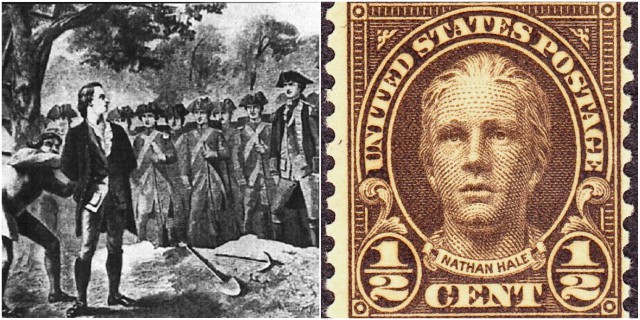Nathan Hale was born on June 6, 1755, in Coventry, Connecticut, United States, to Richard Hale and Elizabeth Strong.
Nathan was a very bright and intelligent child. When he was only 14 years old he was sent to Yale College. He was a quick learner and graduated in just two years and got his dream job teaching at a school.
At the outbreak of the War of Independence, he volunteered for service and was soon elected First Sergeant by his comrades – the highest rank of any new recruit.
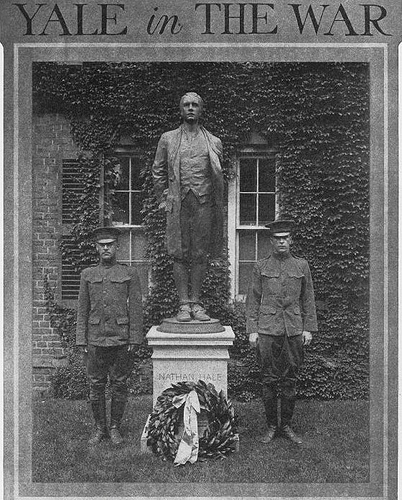
When George Washington reorganized the army in January 1776, Nathan received a captain’s commission.
When the Americans lost the battle of Long Island and the British invaded Long Island in August 1776, General George Washington asked for a volunteer for an extremely dangerous mission of collecting intelligence about British activities in New York City.
The best way to obtain this pivotal information was to send a spy behind enemy lines. Nathan Hale was the one who volunteered to go behind enemy lines on Long Island and secure that intelligence.
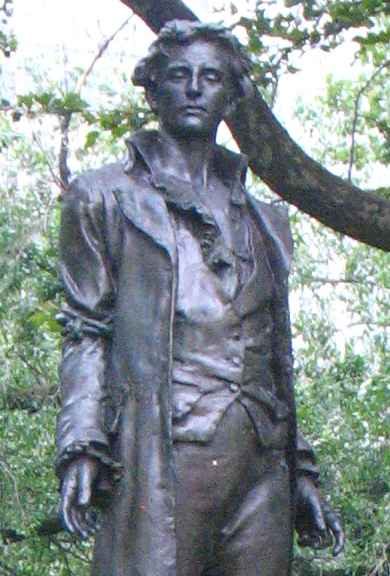
Hale disguised himself as a Dutch schoolmaster, pretending to be looking for work and went behind British lines on Long Island and managed to gather intelligence about British troop movements for the next several weeks.
He prepared himself for an escape, but unfortunately, he was captured on the evening of September 21, 1776, while he was trying to go back into the American-controlled territory. Notes and drawings were discovered hidden in his clothes and he admitted he was a Patriot soldier.
General William Howe interrogated Nathan Hale. Hale told him that he was an American officer and said to him that he was sorry that he had not been able to serve his country better.
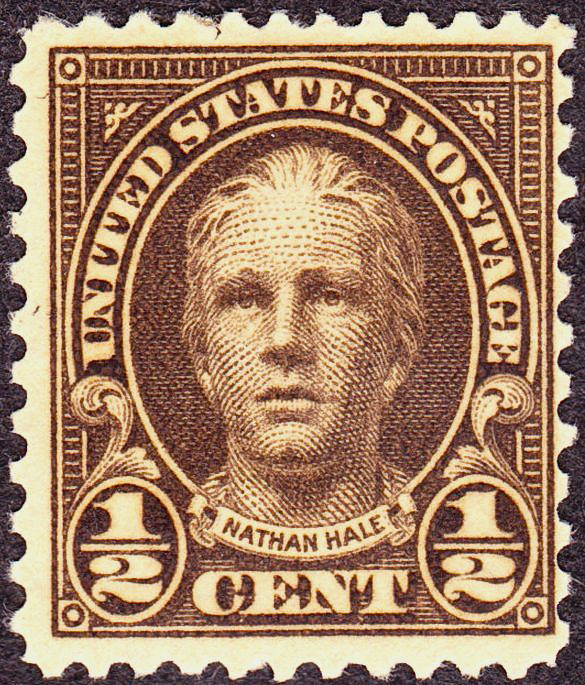
British General William Howe was moved by the young man’s demeanor and patriotism, but under the existing rules of war, he was subject to execution without trial.
Hale spent the night confined under strong guard in a greenhouse on the Beekman estate where Howe had his headquarters. Next morning he was allowed to write brief messages of farewell and he wrote one to his favorite brother and classmate, Enoch Hale, and the other to his military commander.
However, the officer tore them into shreds saying that the “rebels should never know they had a man who could die so bravely.”
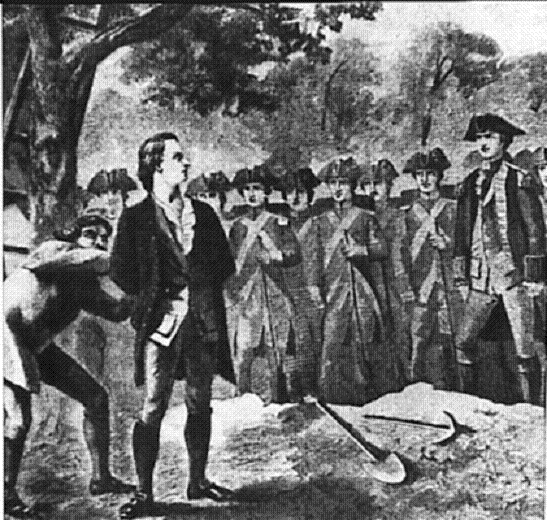
Legend holds that Hale was asked if he had any last words and he said: “I only regret that I have but one life to give for my country.”
Nathan Hale was hanged by the British on the morning of September 22, 1776. He died at the age of 21.
